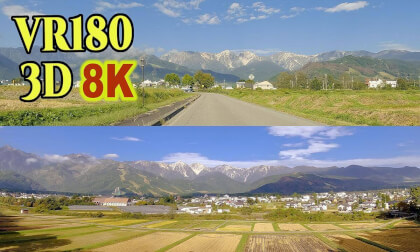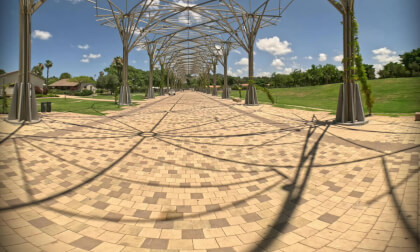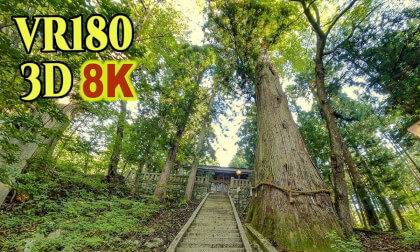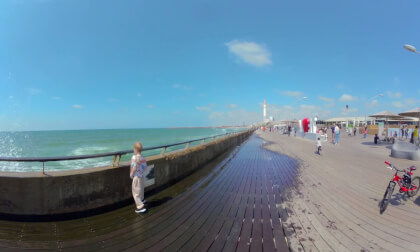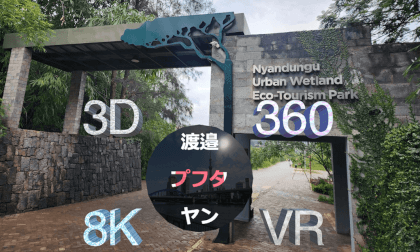This is VR content
Download
DeoVR app
to watch in VR

BazTravels
Released: 1 year ago
Passthrough
Get the action happening right at your place with DeoVR passthrough. Open a video in DeoVR app and click
Passthrough values:
- Hue: 0
- Saturation: 0
- Brightness: 0
- Color range: 0
- Falloff: 1000
Recommended headsets:
Meta Quest 3, and Quest Pro with stereoscopic color passthrough, Pico 4 (monoscopic color passthrough).
Compatible headsets:
Quest 2, Valve Index (monoscopic black and white passthrough).
Passthrough is not compatible yet for Oculus Link cable.
Check out our complete guide to passthrough and join in the discussion at our busy forum.
Welcome to BazTravels and I hope you enjoy my VR180 videos
YouTube: https://www.youtube.com/c/BazTravels
Koutouki Cave
Koutouki is the largest and most beautiful cave of Athens. It is located on the east side of Ymittos mountain, above the city of Peania. Its 350m underground route guides the visitor amongst stalagmites and stalactites that create unique formations.
It was discovered in 1928 by local residents but the cave was explored two years later. The first to explore was the journalist D. Chatzopoulos. With the help of the inhabitants of the area, made the first descent from the natural entrance, on the cave’s roof. However, the mapping was carried out in 1954 by the speleologists Ioannis and Anna Petrochilos of the Hellenic Speleological Society. It was opened to public in the early 60's by the Hellenic Tourism Organization (GNTO). In 2000 the management was handed over to the Ministry of Culture.
The cave has been formed within the beds of metamorphic limestone of Mount Hymettos. It owes its creation to the carst phenomenon – the process of chemical deposition of calcium carbonate dissolved in water, when the latter contains carbon dioxide (CO2) -, although its final form was affected by tectonic activity
https://www.allovergreece.com/Greek-Caves/Descr/15/en
YouTube: https://www.youtube.com/c/BazTravels
Koutouki Cave
Koutouki is the largest and most beautiful cave of Athens. It is located on the east side of Ymittos mountain, above the city of Peania. Its 350m underground route guides the visitor amongst stalagmites and stalactites that create unique formations.
It was discovered in 1928 by local residents but the cave was explored two years later. The first to explore was the journalist D. Chatzopoulos. With the help of the inhabitants of the area, made the first descent from the natural entrance, on the cave’s roof. However, the mapping was carried out in 1954 by the speleologists Ioannis and Anna Petrochilos of the Hellenic Speleological Society. It was opened to public in the early 60's by the Hellenic Tourism Organization (GNTO). In 2000 the management was handed over to the Ministry of Culture.
The cave has been formed within the beds of metamorphic limestone of Mount Hymettos. It owes its creation to the carst phenomenon – the process of chemical deposition of calcium carbonate dissolved in water, when the latter contains carbon dioxide (CO2) -, although its final form was affected by tectonic activity
https://www.allovergreece.com/Greek-Caves/Descr/15/en



















![[FREE] 俄罗斯山Russian Hill San Francisco [FREE] 俄罗斯山Russian Hill San Francisco](https://cdn-vr.deovr.com/images/32999/35590_hdr-russian-hill-san-francisco-cover-app.jpg)

